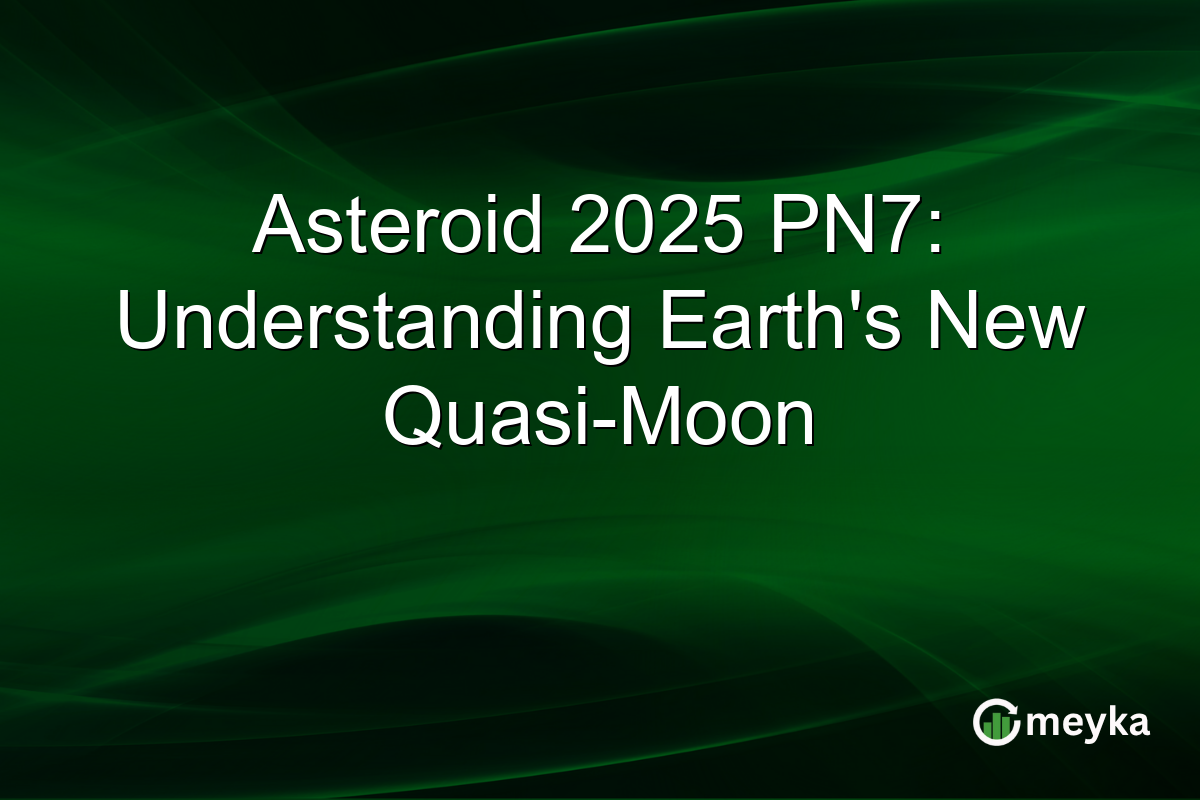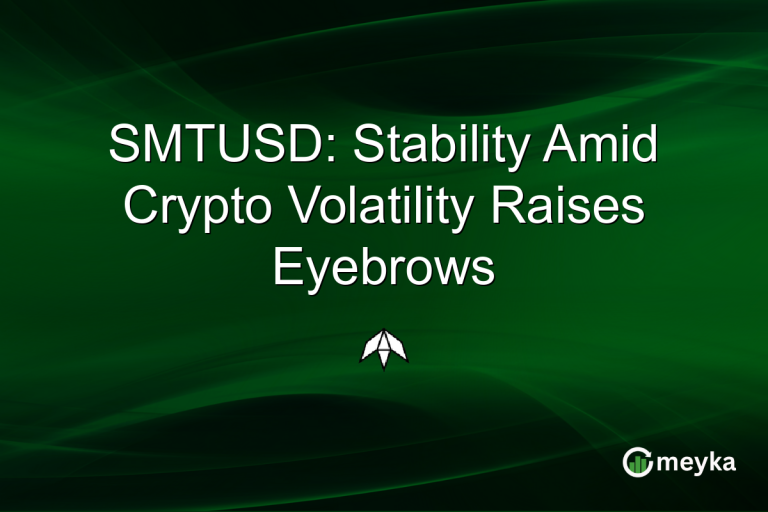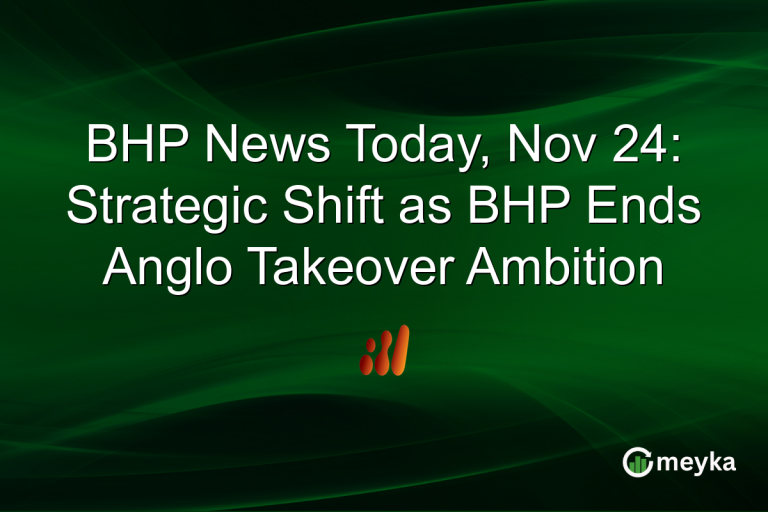Asteroid 2025 PN7: Understanding Earth’s New Quasi-Moon
Asteroid 2025 PN7 has recently been identified as Earth’s latest quasi-moon, drawing attention from astronomers and the public alike. Unlike a true second moon, a quasi-moon like 2025 PN7 follows a unique path, dancing around our planet in an intricate orbital pattern. This discovery has opened new doors for understanding celestial mechanics and the gravitational interplay between celestial bodies. Scientists now have exciting opportunities to glean insights from this unusual phenomenon.
The Discovery of 2025 PN7
The term “quasi-moon” might sound like the stuff of science fiction, but its implications are grounded in cutting-edge astronomy. 2025 PN7 has orbited Earth in a complex loop, distinguishing it from typical moons like our own. Unlike a natural satellite, 2025 PN7 revolves around the Sun and is merely “captured” by Earth’s gravity temporarily. According to USA Today, the phenomenon of quasi-moons is rare, making 2025 PN7 a significant subject of study.
Unique Orbital Behavior
The orbital behavior of 2025 PN7 is particularly interesting. It follows a “horseshoe” path relative to Earth, unlike the circular trajectory of a typical satellite. This behavior stems from the gravitational pull of both Earth and the Sun, causing the asteroid to weave in and out of Earth’s vicinity over extended periods. This quasi-stability makes it an excellent candidate for studying gravitational interactions. This orbital idiosyncrasy reveals much about how asteroids and planets influence each other over time.
Scientific Opportunities and Insights
The presence of 2025 PN7 offers unprecedented chances for scientific exploration. By studying its path and physical characteristics, scientists hope to gain insights into asteroid composition and behavior. Additionally, understanding quasi-moons could improve technologies for tracking near-Earth objects, potentially aiding in planetary defense strategies. With more data, researchers might develop refined models of celestial dynamics, enhancing our knowledge of Earth’s neighborhood.NASA has already begun utilizing these insights to advance space exploration and safety measures.
Market Implications
The fascination with 2025 PN7 extends beyond scientific circles. The increased interest in space exploration could influence the business landscape significantly. Companies involved in aerospace technology and asteroid mining might see increased investment as the understanding of celestial mechanics grows. Investors keen on space technology could look to capitalize on emerging trends inspired by discoveries like 2025 PN7. This area remains dynamic, with implications for industries focusing on innovation and technology.
Final Thoughts
The discovery of 2025 PN7 as Earth’s new quasi-moon has sparked scientific curiosity and potential business interest. While it is not a true second moon, its presence helps us understand the complex dance of celestial bodies around our planet. For investors, the trends driven by these discoveries highlight the growing significance of space-related technologies. As we continue to observe 2025 PN7, its impact will likely extend beyond scientific boundaries, influencing technology development and market dynamics. For those looking to stay ahead in the ever-evolving space industry, platforms like Meyka offer real-time insights and predictive analytics into these exciting trends.
FAQs
A quasi-moon is an object that orbits the Sun but appears to circle Earth temporarily. It follows a unique path influenced by Earth’s gravity, staying near our planet for extended periods.
Unlike Earth’s moon, 2025 PN7 doesn’t orbit Earth directly. It follows a complex horseshoe-shaped path around the Sun, with Earth’s gravity influencing its trajectory periodically.
2025 PN7 is significant because studying it can provide insights into asteroid behavior and celestial mechanics. It’s a rare opportunity to learn more about gravitational interactions between celestial bodies.
Disclaimer:
This is for information only, not financial advice. Always do your research.






